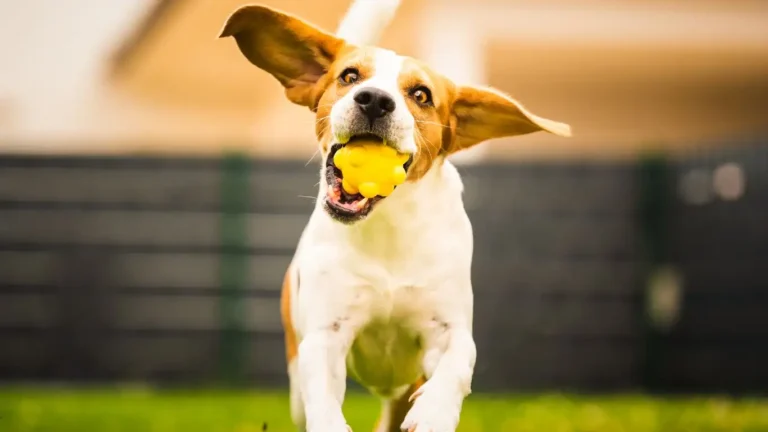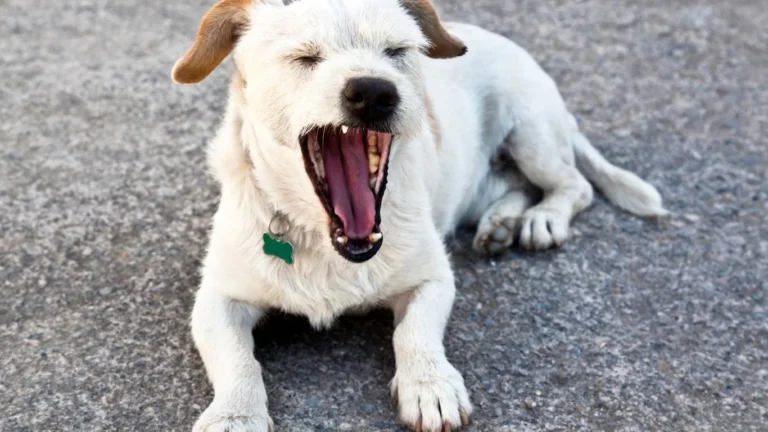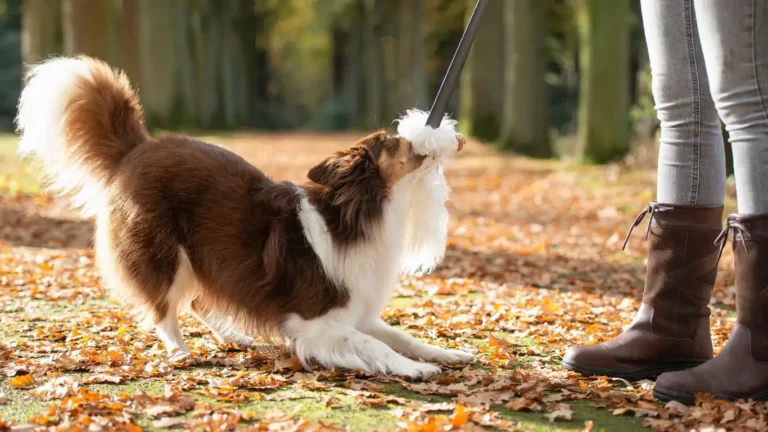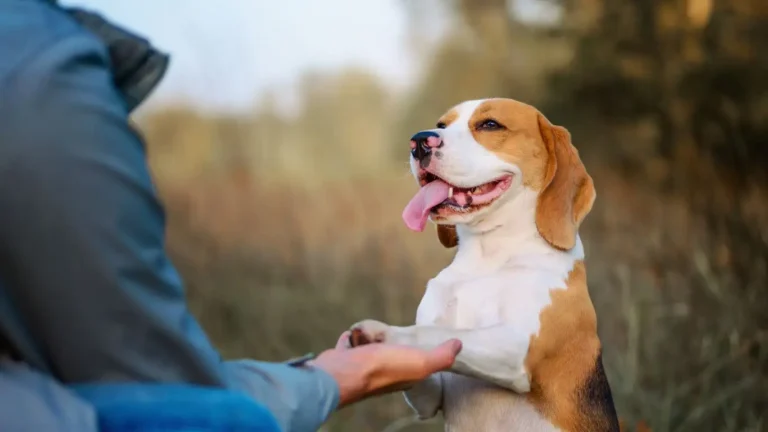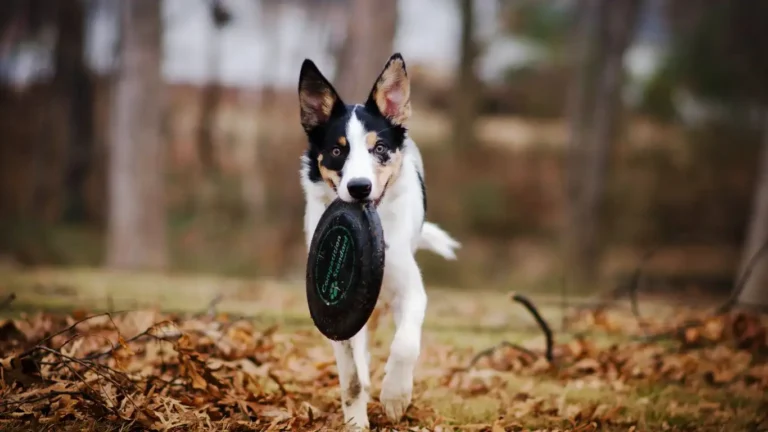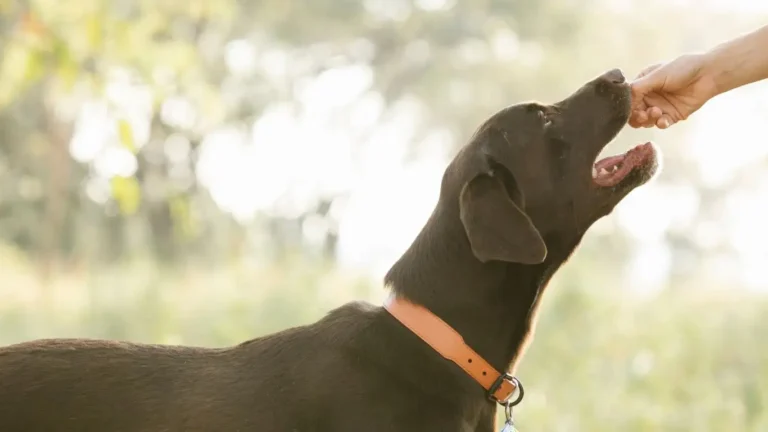How to Train a Dog to Stay Calm When Seeing Squirrels: Simple and Effective Tips
If you’ve ever found yourself gripping your leash like it’s a lifeline the moment your dog spots a squirrel, you’re not alone. I’ve been there — standing in the middle of a park with my arm halfway out of its socket while my Labrador, Brisket, launched into a barking frenzy over a twitchy-tailed squirrel. That experience is exactly what pushed me to really dig into how to train a dog to stay calm when seeing squirrels. And let me tell you, it’s more than just a “sit” or “stay” command — it’s about building impulse control, trust, and consistent communication with your dog.
Why Dogs Go Bananas Over Squirrels
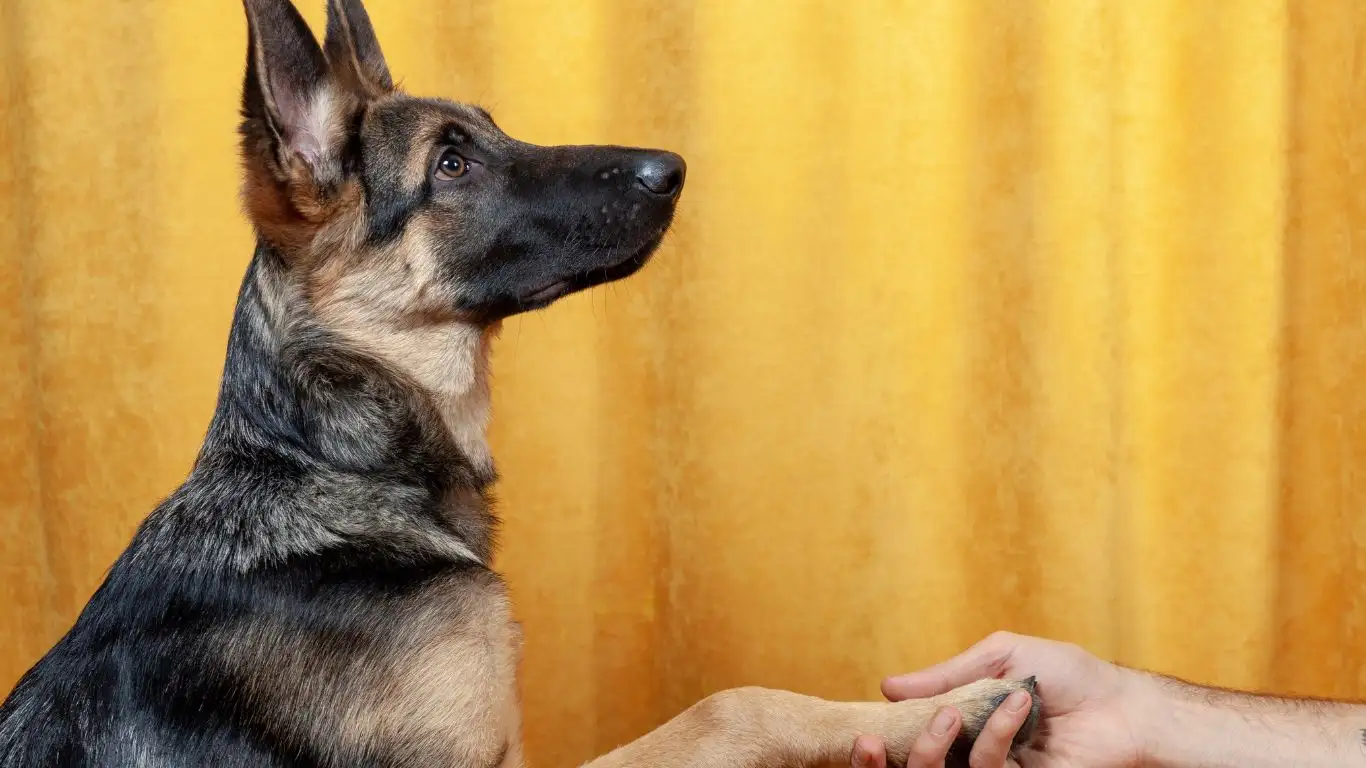
Before we jump into solutions, it helps to understand *why* dogs lose their cool around squirrels in the first place. Squirrels trigger your dog’s prey drive — that hardwired instinct to chase fast-moving critters. It’s not disobedience, it’s nature. Especially if you have breeds like Terriers, Beagles, or Shepherds — trust me, their DNA practically demands it.
Fight or Flight? More Like Chase or Bark
When dogs see a squirrel, their adrenaline spikes. They’re flooded with excitement, and unless we’ve trained them otherwise, they react on instinct. That’s why your calm pup turns into a Tasmanian devil the second a squirrel makes eye contact. It’s not personal — it’s primal.
The Challenge with Squirrel Training
In my work with therapy dogs, I’ve learned that teaching dogs to stay composed around high-energy triggers like squirrels isn’t something you accomplish in a weekend. It takes strategy, patience, and a whole lot of treats (yes, peanut butter-stuffed toys were my secret weapon more than once). The goal isn’t to eliminate their excitement but to teach them to manage it.
Start with the Basics: Foundation Matters
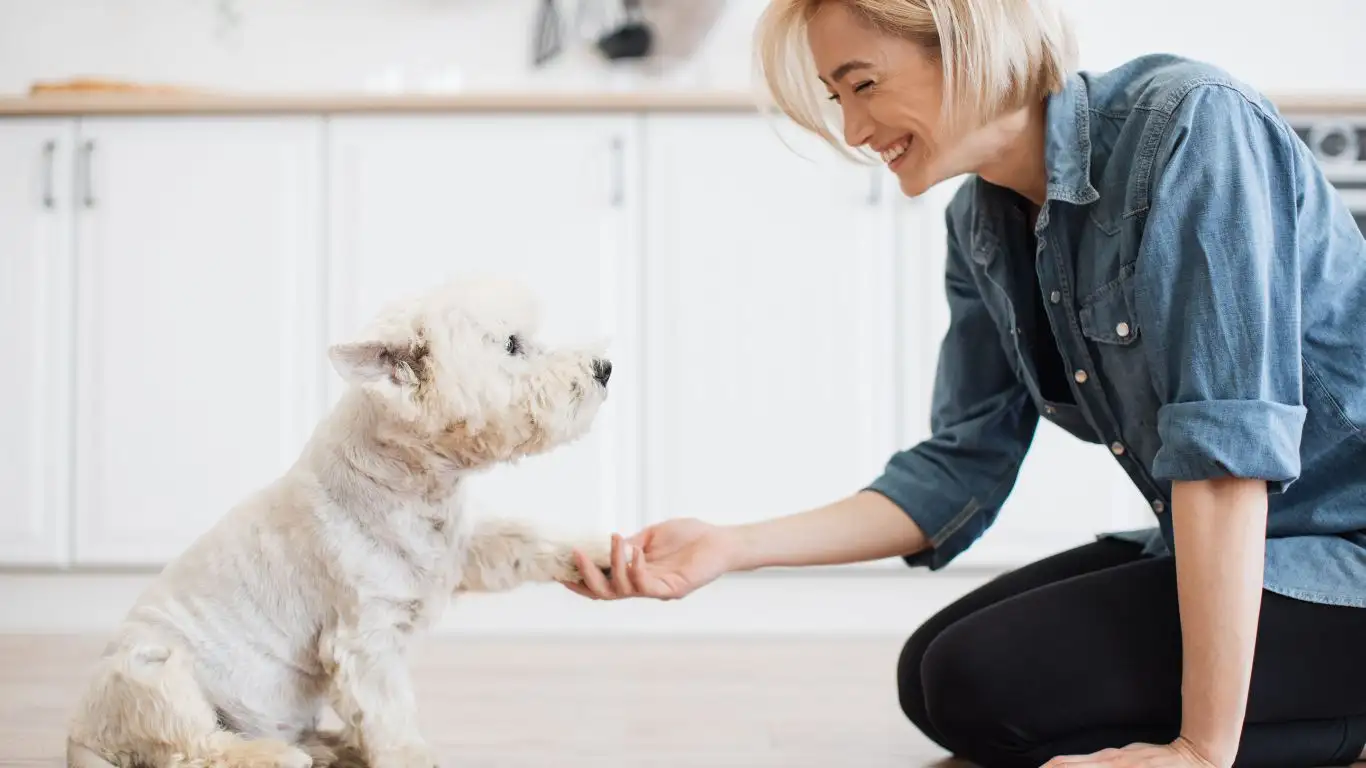
Look, I get it. It’s tempting to jump straight to squirrel desensitization, but if your dog hasn’t nailed the basic commands, it’s going to be an uphill battle. You wouldn’t start learning calculus before mastering multiplication, right? Same logic applies here.
Key Obedience Skills to Polish First
- Reliable Sit and Stay: Your dog should be able to stay seated with distractions — even if someone drops a hot dog nearby.
- Focus (a.k.a. “Watch Me”): Teaching your dog to make eye contact on cue helps redirect their attention from Mr. Squirrel to you.
- Loose Leash Walking: If your dog can’t walk calmly without pulling, squirrel encounters will turn into tug-of-war matches.
One of my client dogs, a sweet but reactive Aussie named Pepper, couldn’t hold a sit longer than five seconds. We worked for two weeks just on “stay” before even thinking about squirrel distractions. That groundwork made all the difference later on.
Training Calm Reactions to Squirrels
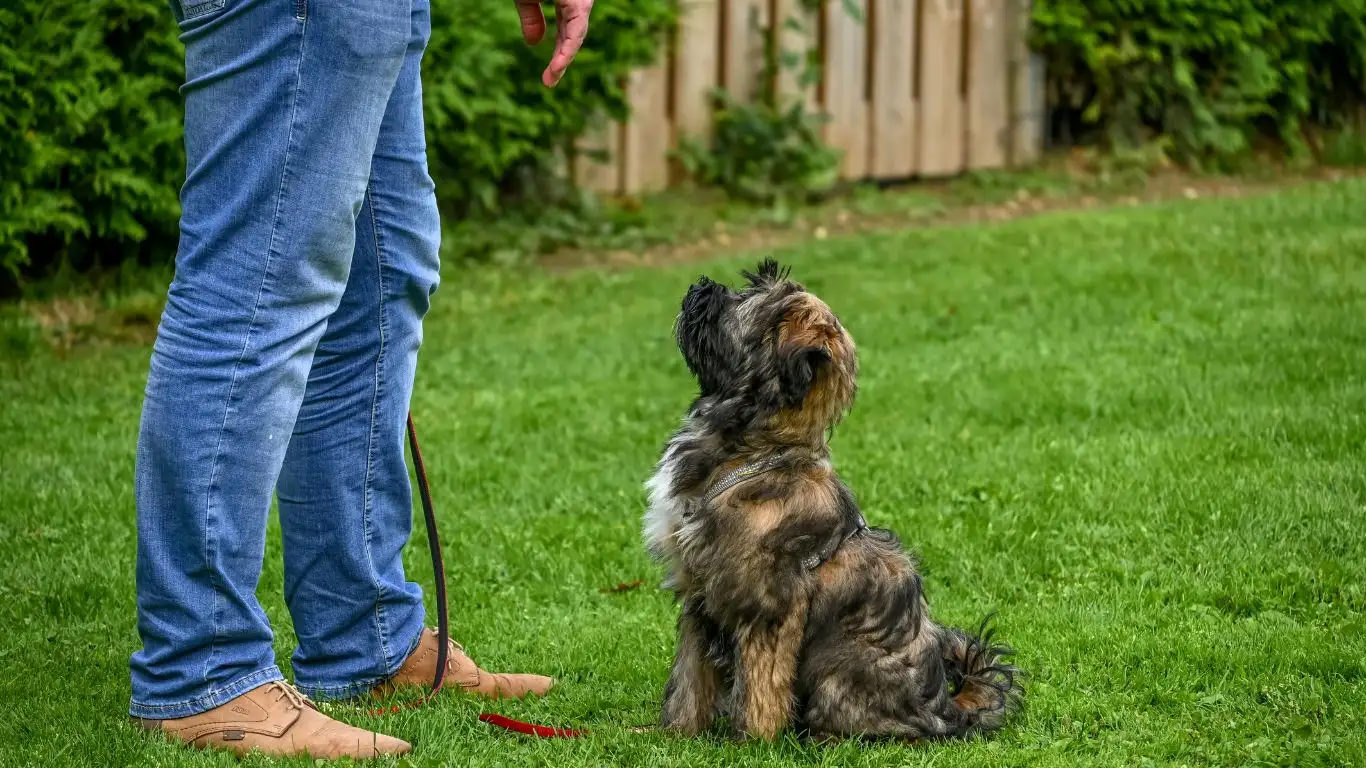
This is the meat and potatoes — how to train a dog to stay calm when seeing squirrels. The magic sauce here is gradual exposure paired with positive reinforcement. You’re not trying to stop your dog from noticing squirrels; you’re teaching them to stay composed when they do.
Step-by-Step Desensitization Game Plan
- Distance is your friend: Start at a distance where your dog notices but doesn’t react to the squirrel. For some dogs, that’s 50 feet. For others, it might be across the street.
- Mark calm behavior: The moment your dog stays relaxed (ears forward, tail still, no barking or lunging), mark it with a cheerful “yes!” or click, and give a treat.
- Gradually decrease distance: Over multiple sessions, slowly move closer to the squirrel zone — but only as long as your dog remains calm. The second they go into alert mode, back up and try again from a farther distance.
With Brisket, I started by watching squirrels from inside the car with the windows cracked. That buffer gave him time to adjust without going full berserker. Within a few weeks, we were sitting on park benches just 10 feet away from squirrel-filled trees, and he’d glance at them, then back at me — like, “Did I do good?”
What to Do When They Lose It
Even with solid training, your dog will occasionally go bonkers. It’s normal. Don’t punish or yank the leash. That just adds more stress. Instead:
- Increase distance: Move further from the trigger immediately.
- Use your emergency cue: I always teach dogs a “Let’s go!” cue for a quick exit redirect.
- Stay calm: If you freak out, your dog will mirror it. Deep breath. Reset. Try again tomorrow.
Training isn’t a straight line. It’s a squiggly, frustrating, and sometimes hilarious path. But trust me, the payoff is worth every setback.
Real-Life Distractions and Controlled Practice
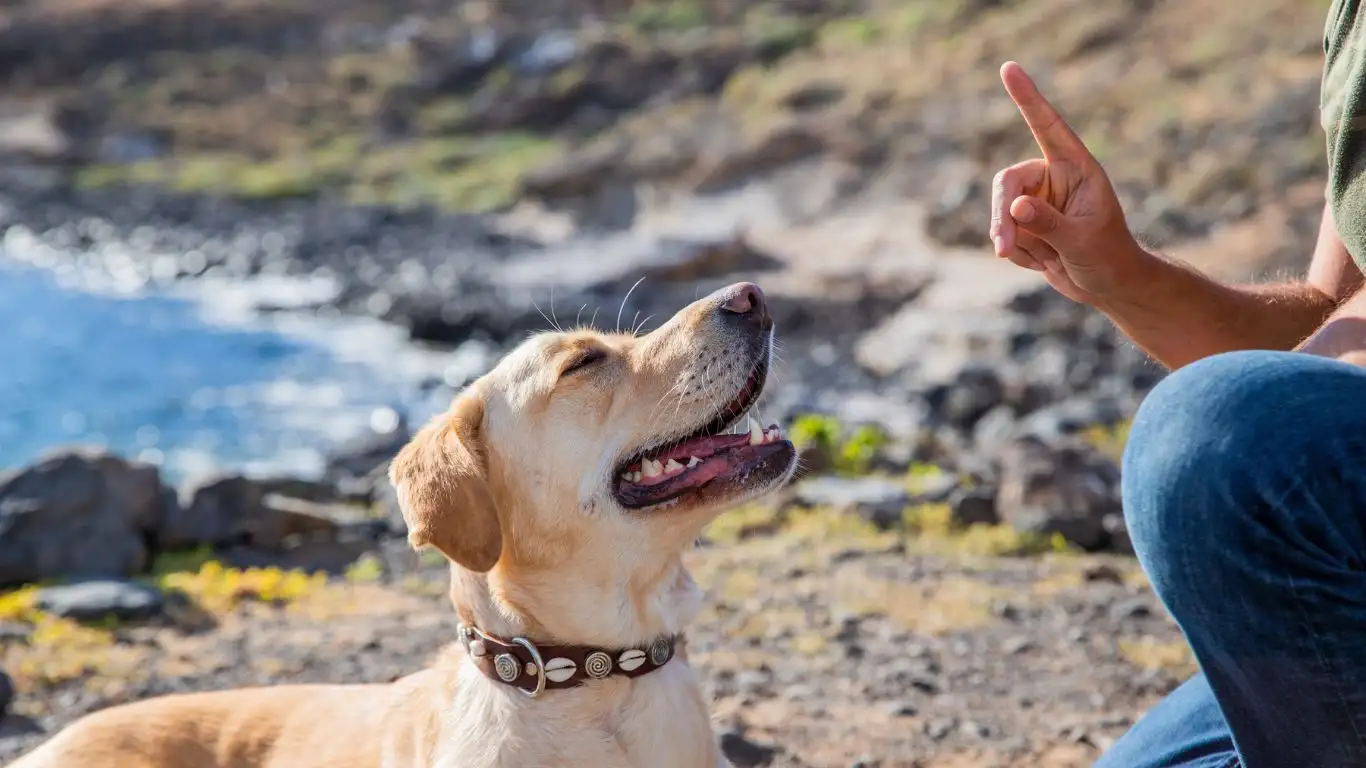
Alright, so your pup has mastered the basics and you’ve started working on calm reactions at a distance. But let’s be honest — squirrels in the wild aren’t exactly known for staying in one place or playing fair. That’s why I always stress the importance of practicing around real-life distractions once your dog is ready. You’ve got to get them used to unpredictability, because life (and squirrels) won’t pause while you grab the treats.
Use Environments That Mimic the Real Thing
Pick spots where you know squirrels like to hang out — think neighborhood parks, leafy trails, or even the edge of your backyard. But here’s the trick: go during off-peak hours. Fewer people and less chaos means your dog can focus on the training without being bombarded by too much stimulation.
With one of my previous dogs-in-training, a Border Collie named Waffles (yes, really), we started our squirrel sessions around 6 a.m. Not because I’m a morning person, but because that was squirrel prime time without human distraction. He got so used to squirrels being part of the background that by week four, he was yawning through their high-speed tree chases. That’s when you know you’re making progress.
Teaching Alternative Behaviors: Calm Has a Job
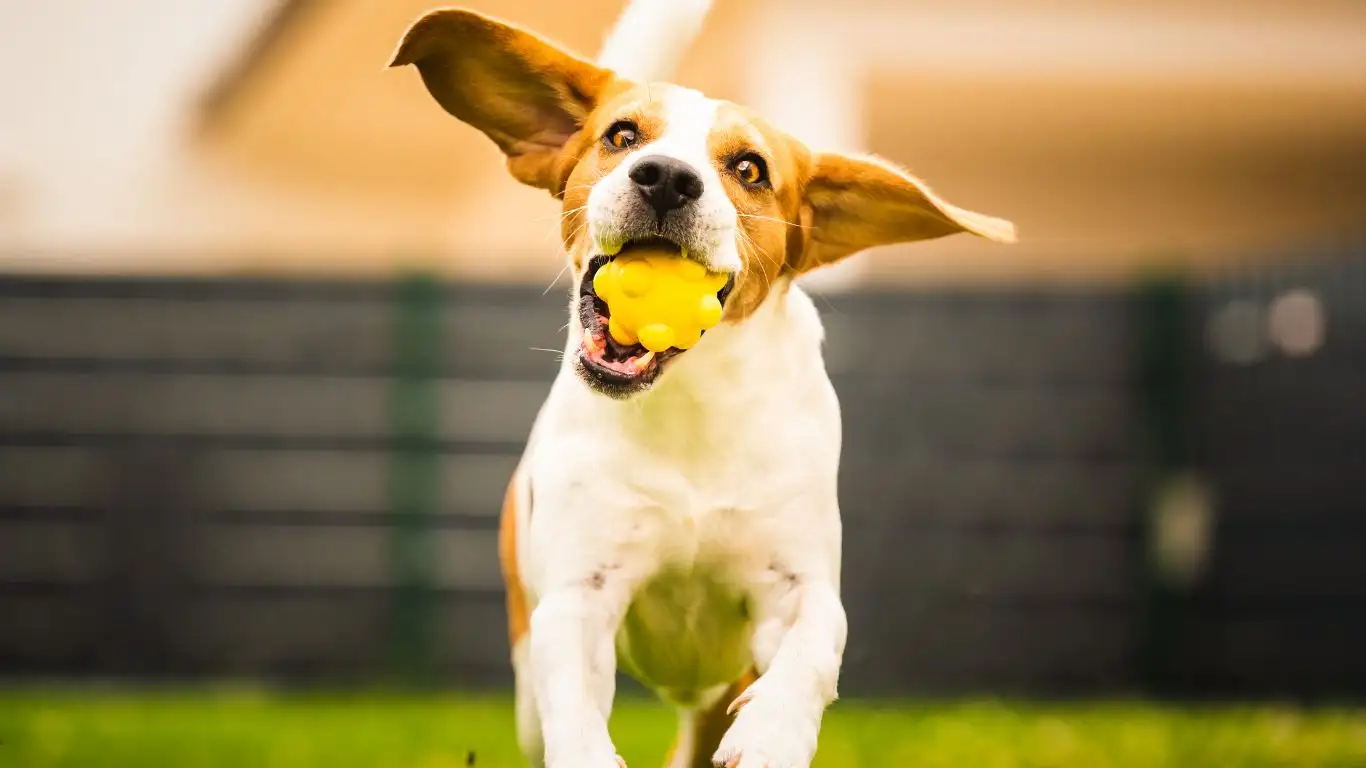
Sometimes, telling your dog “no” or “leave it” isn’t enough — especially when they’re already keyed up. That’s where teaching an alternative behavior comes in. If your dog has a go-to action they can do instead of lunging, it gives them something to focus on and a way to succeed. Plus, it gives you both a win in the moment.
Three Great Replacement Behaviors
- Look at Me: Redirects focus directly onto you — super useful when a squirrel bolts across your path.
- Touch: Teaching your dog to boop their nose to your palm is great for shifting their mindset and getting them closer to you.
- Find It: Scatter a few treats on the ground and let them sniff — it activates their nose, calms the brain, and moves their eyes away from the squirrel.
I used the “Find It” game a lot with an excitable Golden Retriever named Bowie. The moment he spotted a squirrel, I’d toss a few low-value treats near my feet and say “Find it!” — like clockwork, his attention would switch from that twitchy tail to the goodies on the ground. It felt like magic, but really, it was just solid conditioning and consistency.
Understanding Thresholds: When Calm Becomes Impossible
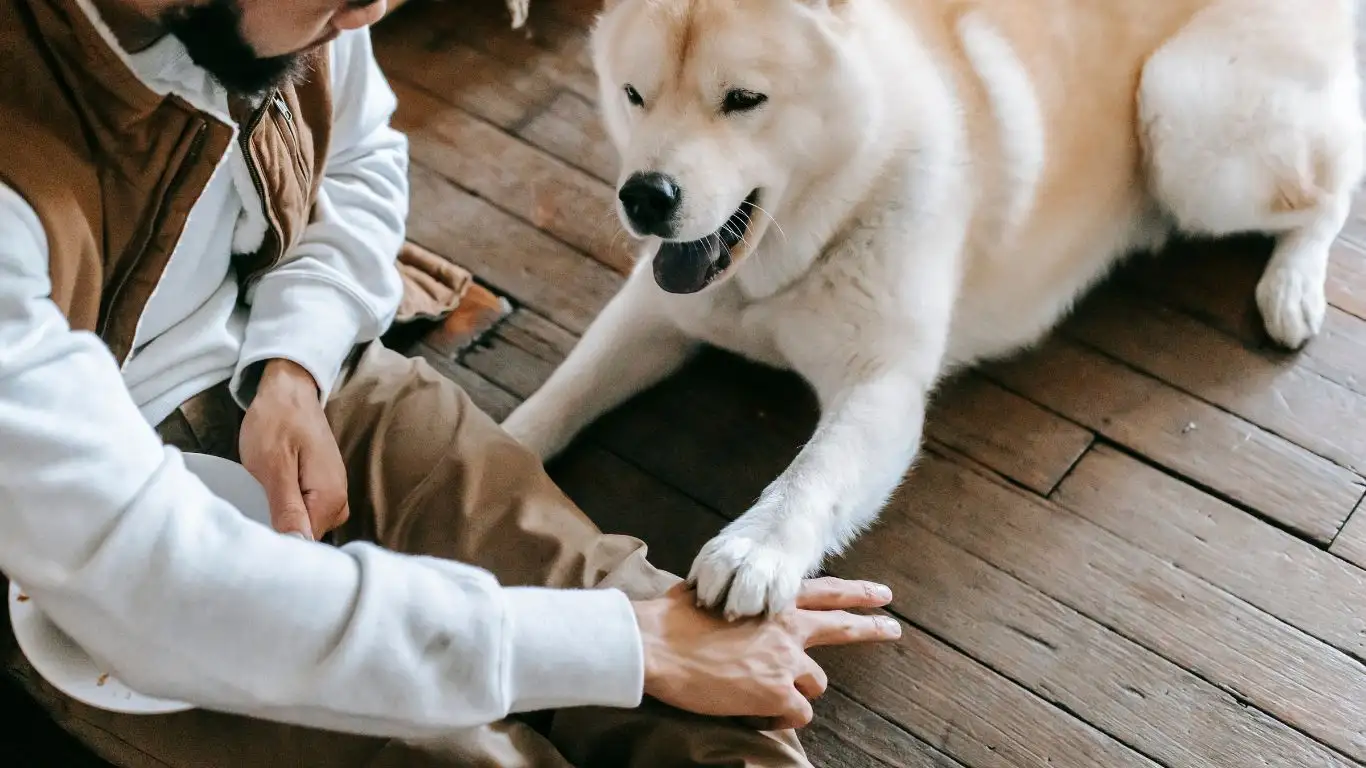
This one’s a game-changer: know your dog’s threshold. That’s the invisible line where your dog can no longer think, listen, or process anything because their brain’s gone into overdrive. And yes, every dog has a different line. Some can be five feet from a squirrel and stay cool. Others? They melt down at the mere rustle of a bush.
How to Spot the Edge Before It’s Too Late
- Eyes lock and body stiffens
- Hackles raise or tail goes up like an antenna
- They stop taking treats — huge red flag!
- That classic slow-motion lunge — they’re gearing up
In those moments, the goal isn’t to power through — it’s to retreat, reset, and regroup. This is where E-E-A-T really kicks in. Your ability to recognize your dog’s limits and adapt accordingly shows both experience and care. I tell every client: pushing your dog beyond their threshold doesn’t make you tougher. It just delays progress.
Consistency Over Perfection
Let’s keep it real — you’re going to have bad days. Your dog will regress. You’ll forget treats. A squirrel will ambush you from a trash can like a furry ninja. It happens. But as someone who’s trained therapy dogs to stay calm in high-stim environments (yes, including hospitals where food carts roll by every 10 minutes), I can promise you that consistency matters way more than perfection.
Daily Practice Routines That Work
- 5-Minute Focus Drills: Quick sessions in your driveway or backyard to reinforce basics.
- Squirrel Watch Walks: Purposeful walks to known squirrel-heavy zones with no goal other than observing calmly from a distance.
- Impulse Games Indoors: Use toys or fake movement distractions inside to practice self-control without the added chaos of the outdoors.
I’ve seen owners completely transform their dog’s behavior just by practicing a few minutes a day with intention. It’s not about wearing your dog out with miles of walking — it’s about working their brain and helping them build a habit of choosing calm.
Final Tip Before Moving Ahead
Don’t forget to celebrate small wins. A glance back at you instead of a bark? That’s progress. Pausing for one second instead of lunging? Also progress. Reinforce every step. Your dog wants to do the right thing — they just need help learning how.
Advanced Techniques: Building Long-Term Calmness
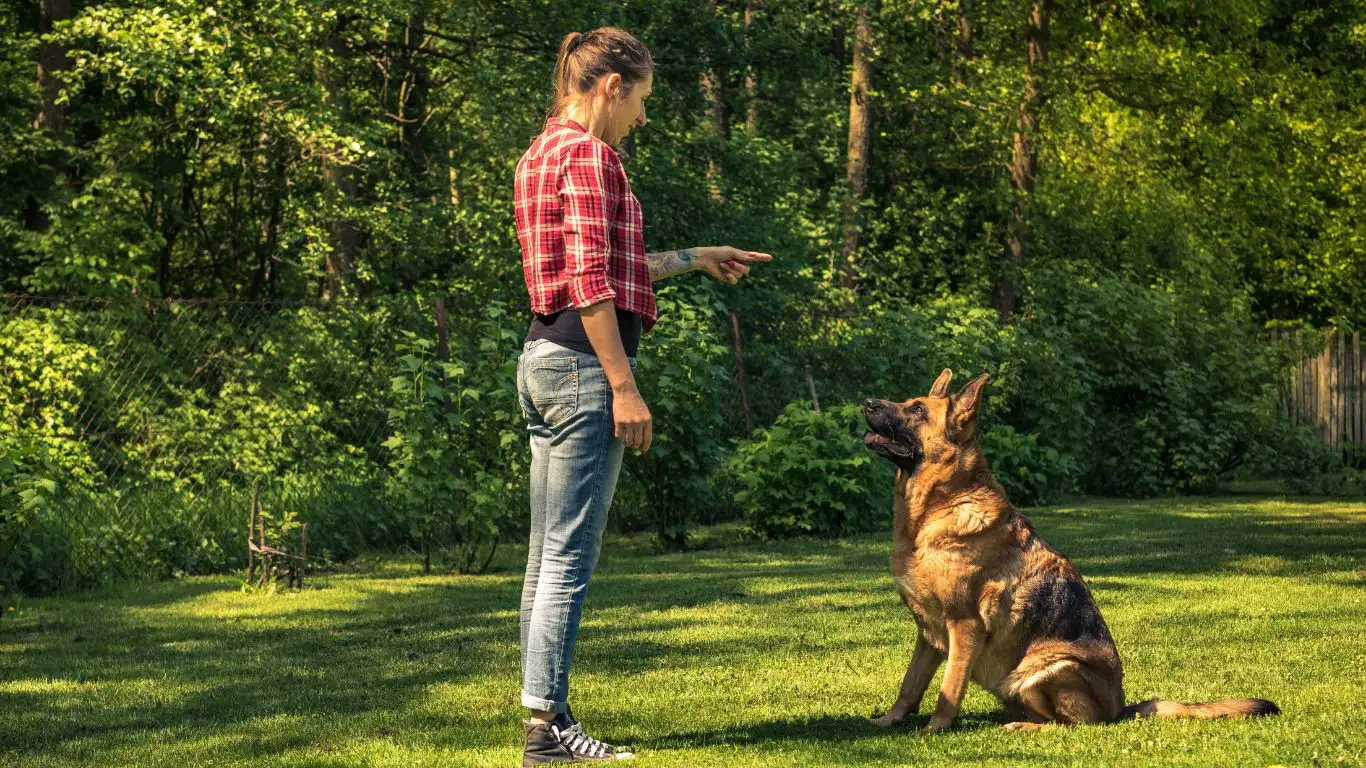
By now, your dog has hopefully made great strides in staying calm when encountering squirrels. But we’re not done yet! The real work begins once your dog can reliably stay composed during the usual squirrel encounters. Now, we shift focus to long-term reinforcement and the deeper aspects of training that ensure your dog maintains those calm reactions over time — no matter how unpredictable the environment gets.
Utilizing Play to Strengthen Calmness
It’s easy to get stuck in a rut of doing the same training sessions over and over, but don’t forget to make training fun for both you and your dog. Using play as a reward during your training helps keep your dog engaged and reinforces positive behaviors. I’ve found that incorporating games like tug-of-war or fetch into training sessions helps my dogs redirect their energy. The key is that the game is paired with calm behavior, like sitting before the game starts.
For example, when Brisket was finally at a point where squirrels didn’t set him off, we’d play a quick round of fetch in the yard. But before I’d throw the ball, I’d wait for him to settle into a relaxed sit. It became a fun ritual — he knew that staying calm led to a fun game, and I knew that I was reinforcing his self-control in a natural way.
Building Impulse Control Through Waiting Games
Another great method for developing long-term calmness is through waiting games. This is particularly helpful when you’re walking in squirrel-prone areas, and your dog is on the brink of losing their cool. I teach dogs to wait before entering doors, before eating meals, or before jumping into the car. This simple exercise reinforces patience and helps dogs develop more control over their reactions.
Here’s a fun twist: try waiting games in a “squirrel” setting. On walks, when your dog spots a squirrel, you can use your “wait” or “stay” command and reward them for remaining calm until the squirrel moves on. Over time, the impulse to chase diminishes because your dog learns that waiting is more rewarding than reacting. The more often you practice this, the more consistent their calmness becomes.
Using Positive Reinforcement in High-Stress Situations
Positive reinforcement is not just for the calm moments; it’s an essential tool in high-stress situations, too. When your dog is faced with a squirrel, you want to immediately reward them for staying focused on you rather than the squirrel. Timing is key here — as soon as your dog glances back at you instead of the squirrel, mark that behavior with a treat or praise.
When to Reinforce Behavior
Here’s where it gets a little tricky: timing matters, and you need to be quick. Ideally, reward your dog when they’re in the early stages of staying calm or redirecting their focus. If you wait until they’ve completely disengaged from the squirrel, it’s too late — the moment of calmness has passed, and the reinforcement isn’t as effective.
One of my favorite techniques is the “two-second rule.” If your dog looks at you for just two seconds while a squirrel is in sight, that’s your cue to reinforce. Over time, your dog will learn that even the smallest amount of calm behavior gets a reward, and they’ll be more likely to choose staying calm in future encounters.
Potential Setbacks: What to Do When Things Go Wrong
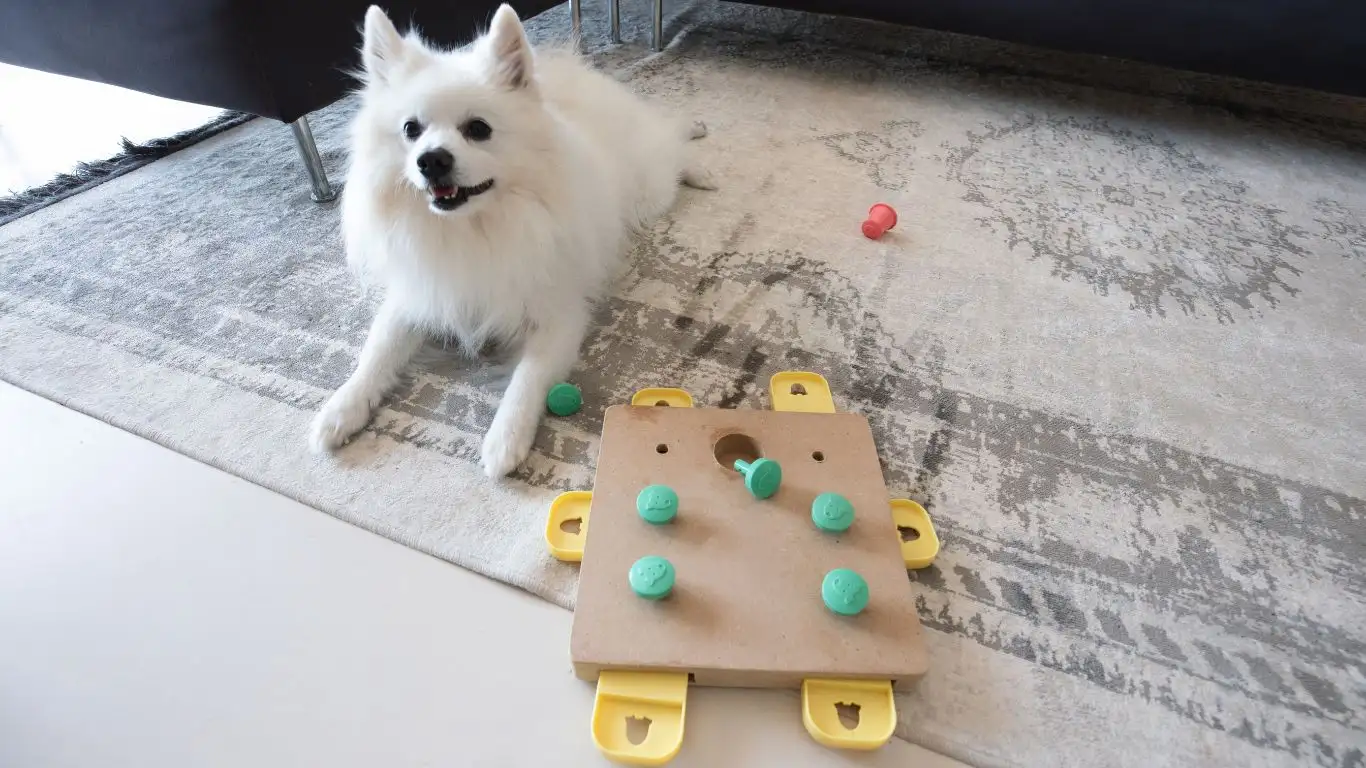
It’s important to understand that there will be setbacks in any dog training process. Even the best-trained dogs can get caught up in the excitement of the moment and slip back into old habits. The key to overcoming setbacks is understanding that training is a journey, not a destination. The goal is to maintain consistency and adjust as needed, not to expect perfection right away.
How to Handle Setbacks
- Take a Step Back: If your dog is no longer responding to commands or seems overly stressed, go back to a less challenging training scenario and rebuild their confidence.
- Lower Expectations: On high-stress days, it’s okay to lower your expectations. Maybe instead of walking right up to a squirrel, you work on distance and slowly increase your proximity.
- Be Patient: Dogs, like humans, have good days and bad days. Don’t beat yourself up, and don’t punish your dog. Setbacks are a natural part of the learning process.
One of my clients once said, “Training a dog is like building a muscle. Sometimes you feel strong, and sometimes you feel like you’re back at square one.” It’s a perfect analogy — because like muscle-building, the more you work at it, the stronger the behavior becomes.
References
If you’re looking for additional resources, check out these trusted sites:
- American Kennel Club – For more on dog training, breed information, and expert advice.
- PetMD – For health and training tips from veterinary professionals.
- Cesar’s Way – Behavioral training insights from world-renowned dog trainer Cesar Millan.
Disclaimer
All training tips and methods provided are based on personal experience and insights gained through working with dogs in various training environments. Always consult with a professional dog trainer or veterinarian before beginning any new training regimen, especially if you have concerns about your dog’s health, behavior, or temperament. Every dog is unique, and what works for one may not work for another. Use these tips as a guideline, and adjust based on your dog’s needs.
